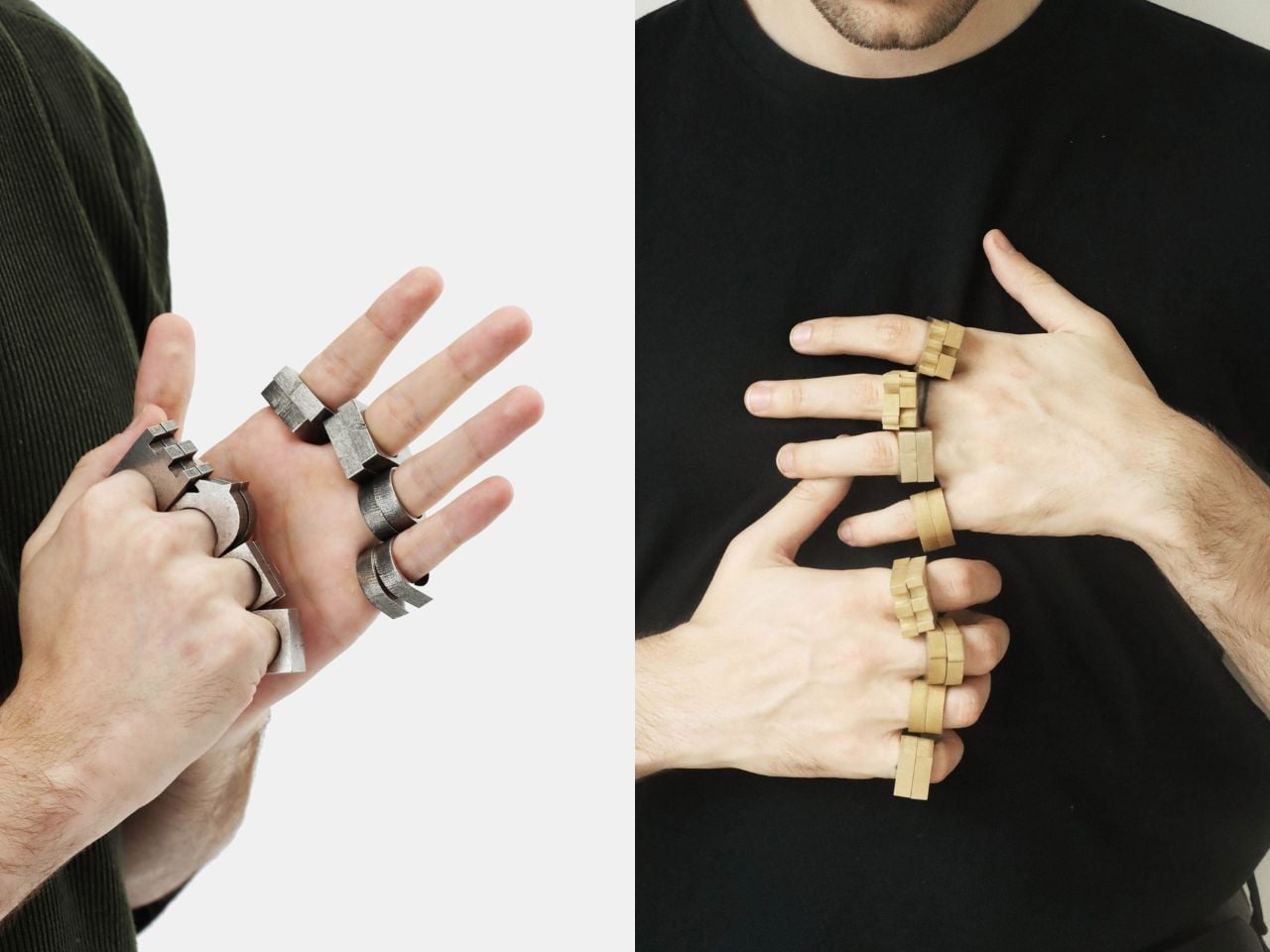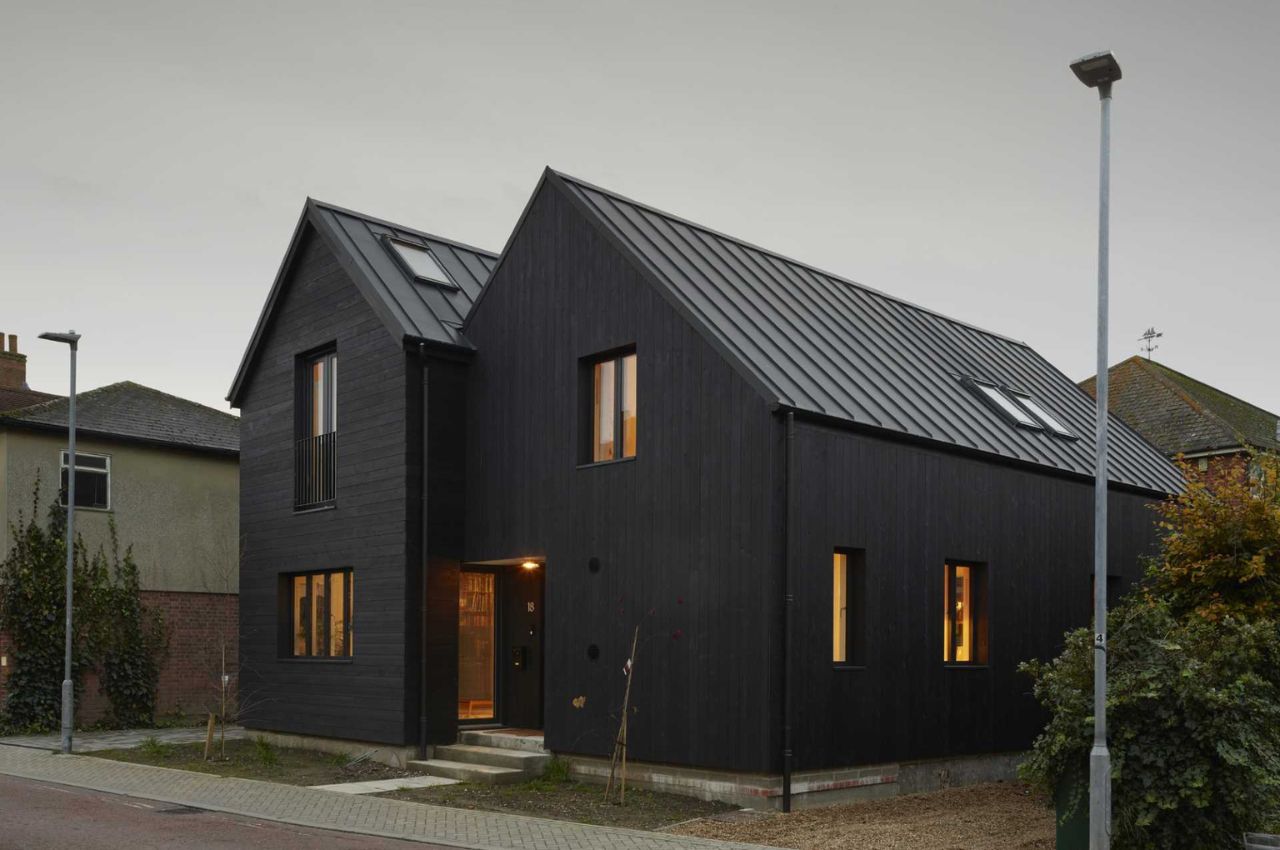Artist 3D-Prints Ceramic Homes For Insects In The Forest Inspired By Natural Habitats
![]()
In a seamless blend of technology and ecology, artist Raphaël Emine pioneers a new frontier in sculpture by creating 3D-printed ceramic works that serve as hotels for insects and small wildlife. Collaborating with WASP, a leading 3D printing company, Emine utilizes cutting-edge technology to craft intricate, nature-inspired habitats that offer refuge to various species. Named Les Utopies Entomologiques (Entomological Utopias), these structures not only showcase innovative design but also contribute to biodiversity conservation in urban and natural landscapes.
Designer: Raphaël Emine
![]()
Drawing from the natural world, Emine’s sculptures embody structural patterns found in honeycomb cells, worm and spider webs, plant fractals, and geodesic mineral formations. These inspirations manifest in the intricate detailing of his 3D-printed ceramic pieces, from their large, welcoming entrances to the decorative, spherical elements adorning their exteriors. Unlike conventional monolithic sculptures, Emine’s creations feature an array of galleries, tunnels, corridors, and balconies, offering insects and small wildlife a safe and dynamic space to inhabit.
![]()
Designed for outdoor spaces, these ceramic hotels support multiple cycles of insect and wildlife activity, even accommodating species through metamorphosis and seasonal changes. The porous and textural quality of the clay enhances their suitability as natural shelters, allowing them to seamlessly blend into ecosystems. Emine has successfully installed two of these works: Utopies Entomologiques I in 2023 and Utopies Entomologiques II in 2024. Both installations highlight the durability and adaptability of WASP’s 3D printing technology, particularly with the use of WASP 40100 LDM and Delta WASP 2040 Clay.
![]()
Beyond their ecological function, Emine’s sculptures explore baroque and biomorphic aesthetics, invoking a sense of organic grandeur. Their flowing, intricate forms recall elements of utopian architecture, transforming them into both artistic and functional entities. Installed in the palm grove of Parc Maison Blanche in Marseille, these ceramic nests are designed to be either freestanding or suspended from trees, allowing diverse interactions between the sculptures and their environment. Over time, these pieces have attracted a variety of insects and small wildlife, validating their effectiveness as alternative habitats.
![]()
![]()
The post Artist 3D-Prints Ceramic Homes For Insects In The Forest Inspired By Natural Habitats first appeared on Yanko Design.


















